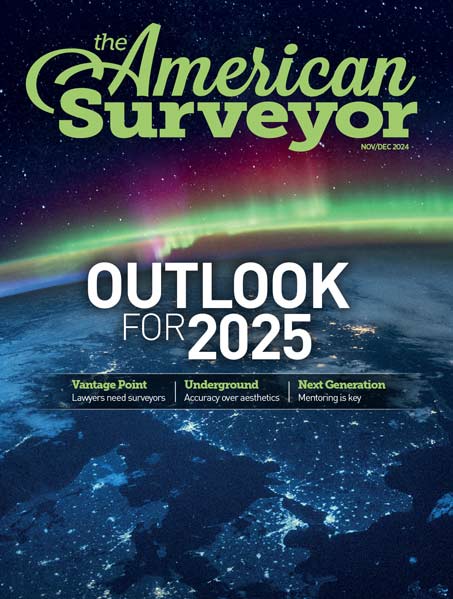As the price of residential land nationwide has grown substantially over the last quarter century, one must consider the factors involved in the steady rise in property as supply and demand, pressure from local civic groups and the role of state and local municipalities can not solely account for this trend.
Land-use regulation of residential housing affects municipalities nationwide. Virtually every local community has some form of regulation, but the degree of regulatory control varies widely.
In an effort to capture the stringency of local regulatory environments nationwide, the Zell/Lurie Real Estate Center at the Wharton School of the University of Pennsylvania (http://realestate.wharton.upenn.edu/), co-directed by Professors Joseph Gyourko and Anita Summers, embarked on a national and regional survey of residential land-use regulations. The responses from the survey in over 2,600 communities across the U.S. are used to develop a series of indexes that capture the stringency of local regulatory environments.
Geographically, the study found:
• Coastal states have the most highly regulated communities on average
• Those in New England and the mid-Atlantic region are the most highly regulated, followed by those on the west coast (plus Hawaii)
• Southern and midwestern states in the interior of the country are the least regulated
• At the metropolitan area level, communities in the Boston, MA, and Providence, RI, areas are the most highly regulated on average
• Towns in the Philadelphia, PA, San Francisco, CA, Seattle, WA, and Monmouth-Ocean, NJ, metropolitan areas also are much more highly regulated than the national average
• Communities in the midwestern metropolitan areas of Kansas City, MO, Indianapolis, IN, and St. Louis, MO, have the most lightly regulated residential land use environments in the country
A copy of the 84-page report (Word doc, 742Kb) can be found HERE.
